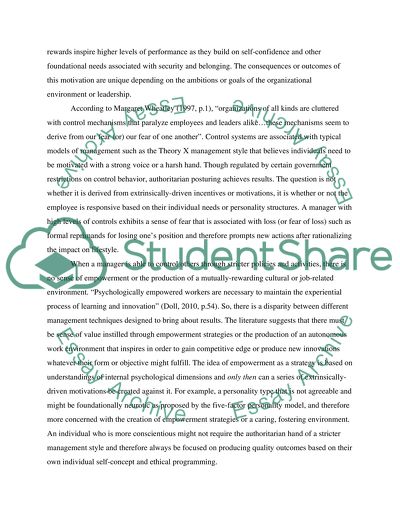Cite this document
(“Creating a Motivating Environment in the Workplace Research Paper”, n.d.)
Retrieved from https://studentshare.org/family-consumer-science/1415544-creating-a-motivating-environment-in-the-workplace
Retrieved from https://studentshare.org/family-consumer-science/1415544-creating-a-motivating-environment-in-the-workplace
(Creating a Motivating Environment in the Workplace Research Paper)
https://studentshare.org/family-consumer-science/1415544-creating-a-motivating-environment-in-the-workplace.
https://studentshare.org/family-consumer-science/1415544-creating-a-motivating-environment-in-the-workplace.
“Creating a Motivating Environment in the Workplace Research Paper”, n.d. https://studentshare.org/family-consumer-science/1415544-creating-a-motivating-environment-in-the-workplace.


